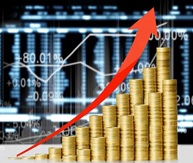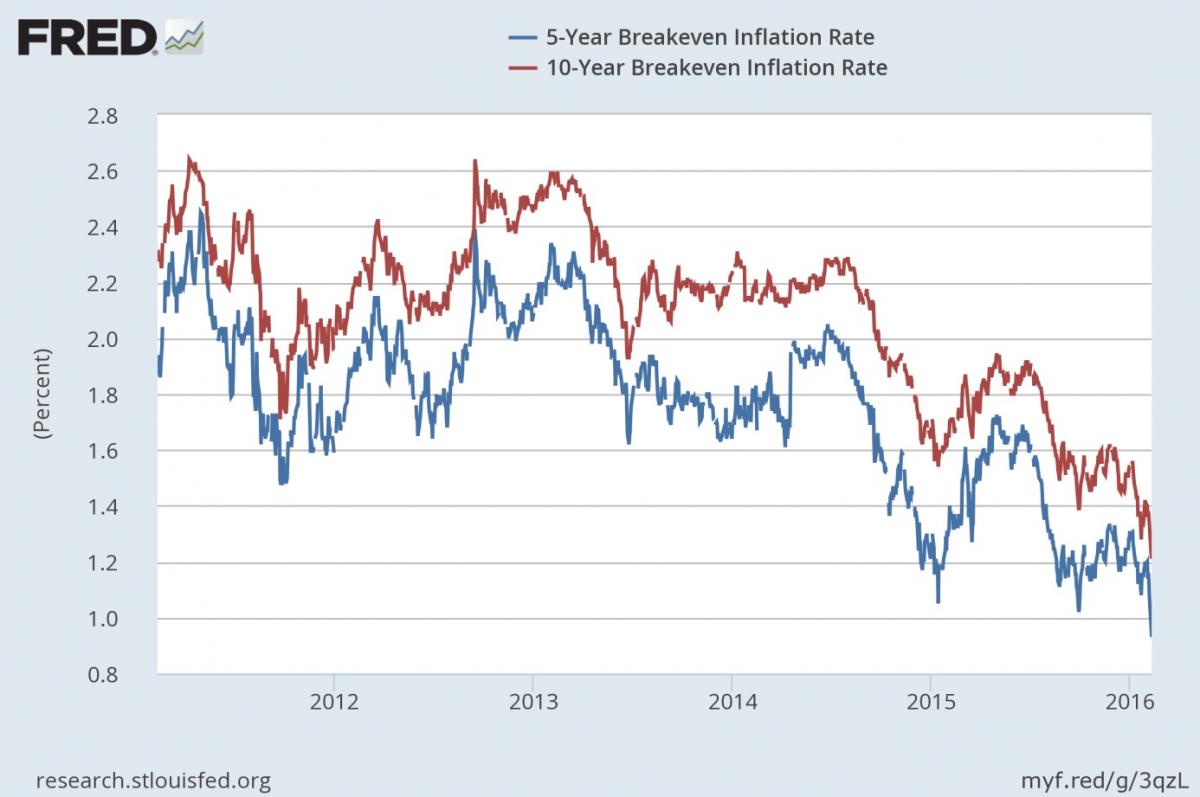Gold Jumps Above $1,200 After Yellen’s Testimony

 Janet Yellen, the Federal Reserve chair, testified yesterday to the House Financial Services Committee. Is there anything new in her remarks? What do they mean for the gold market?
Janet Yellen, the Federal Reserve chair, testified yesterday to the House Financial Services Committee. Is there anything new in her remarks? What do they mean for the gold market?
Yellen on Labor Market
Yellen reiterated her known views on the economy and the future of the Fed policy. She noticed that labor market had tightened, but some slack remains. We believe that this slack is higher than it is commonly believed. Also, please notice that the unemployment rate is a lagging indicator. For example, the unemployment reached its peak in October 2009, after the Great Recession had officially ended.
Yellen on Inflation
On inflation, Yellen admitted that “inflation continues to run below the Committee's 2 percent objective”. However, “inflation is expected to rise gradually to 2 percent over the medium term”. It is really funny since Yellen has been repeating for a year that the declines in oil prices and in the prices of imported goods are only transitory. We are really curious what the world ‘transitory’ means to the Fed? It seems that one year (actually, oil has been declining for well over a year) is too short to be described for transitory.
Moreover, Yellen noticed that market-based measures of inflation compensation and survey measures of longer-run inflation expectations had declined, but she believes that “they have been reasonably stable”. Yeah, they plunged, so it means that they have been reasonably stable. Don’t worry, it’s just central bankers’ newspeak.
Chart 1: 5-year breakeven inflation rate (blue line) and 10-year breakeven inflation rate (red line) from 2011 to 2016.
Yellen Sees Risks
Although Yellen said that economy continued a moderate expansion in 2015, she noticed that the GDP slowed sharply in the fourth quarter. Interestingly, she pointed out that “one area of particular strength has been purchases of cars and light trucks”. We are curious about growth in 2016 without such a strong support from the automotive industry. Yellen also noticed recent problems in the financial markets:
“Financial conditions in the United States have recently become less supportive of growth, with declines in broad measures of equity prices, higher borrowing rates for riskier borrowers, and a further appreciation of the dollar. These developments, if they prove persistent, could weigh on the outlook for economic activity and the labor market although declines in longer-term interest rates and oil prices provide some offset”.
It may be true, however, declines in longer-term interest rates and oil prices are symptoms of the recent weak demand and deflationary forces, not the magic solutions to these problems.
Yellen on Monetary Policy
Here is perhaps the most important paragraph of the testimony:
“Of course, monetary policy is by no means on a preset course. The actual path of the federal funds rate will depend on what incoming data tell us about the economic outlook, and we will regularly reassess what level of the federal funds rate is consistent with achieving and maintaining maximum employment and 2 percent inflation.”
Therefore, Yellen clearly signaled that although the Fed still expects to continue on its gradual tightening path, its pace is not determined and would respond to developments. To simplify, the recent developments are pretty bad, so forget about four hikes in 2016. According to markets, the March hike is completely off the table. Yesterday, the probability of a March hike suggested by the federal funds futures declined from 4.2 percent to 0 percent. It is a pity that the CME Group does not provide probabilities of interest rate cuts.
Conclusions
To sum up, Yellen testified before the Congress. Although she reaffirmed that the Fed expects to further tighten its monetary policy, she made it clear that it would not hike in the current financial environment. As investors received this dovish signal and softened their expectations of the Fed hikes in 2016, the price of gold surged above $1,200. It seems that investors are losing confidence in the U.S. central bank, which is fundamentally positive for the yellow metal as gold can be considered a no-confidence vote in the Fed and the U.S. economy.



















